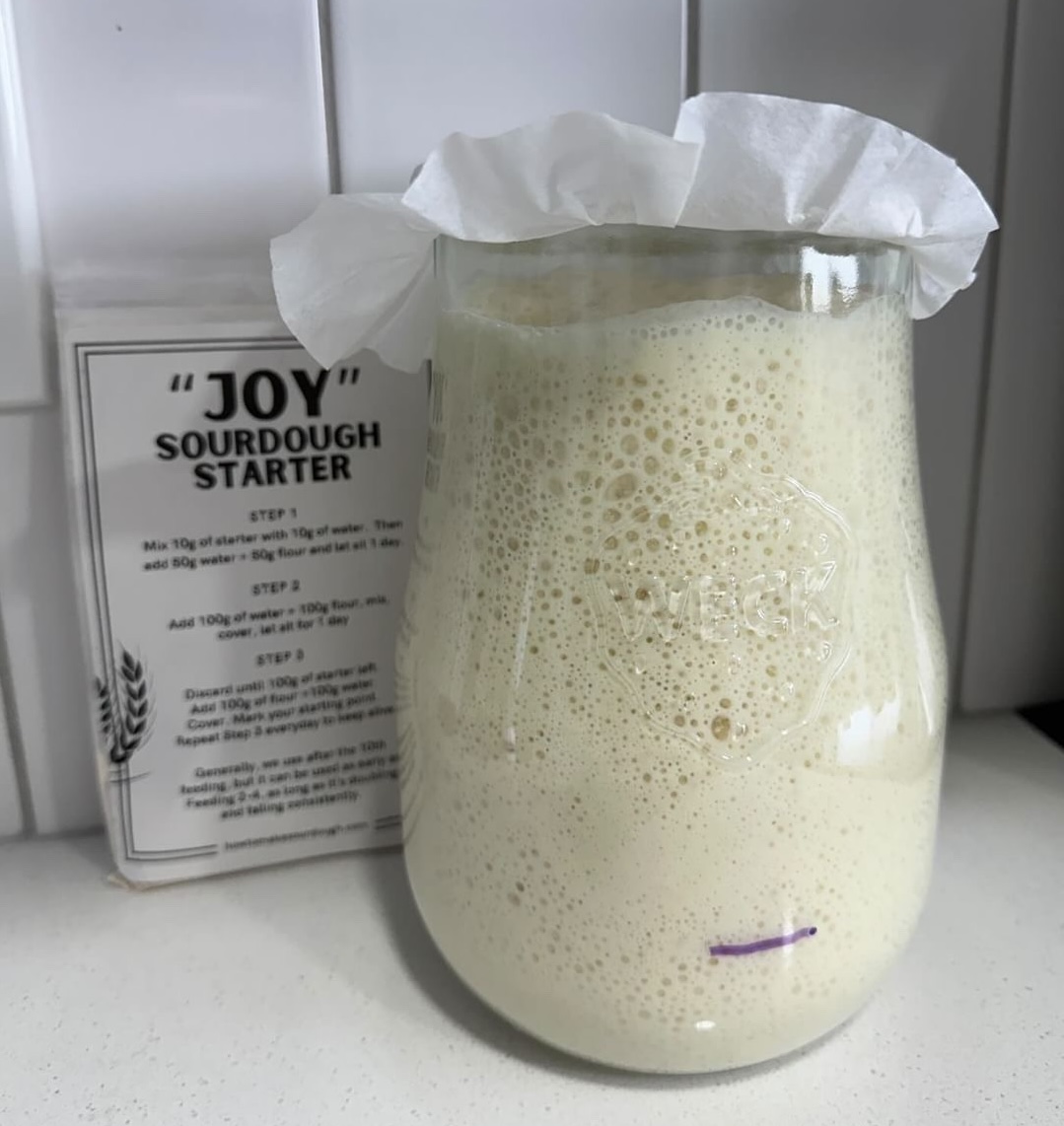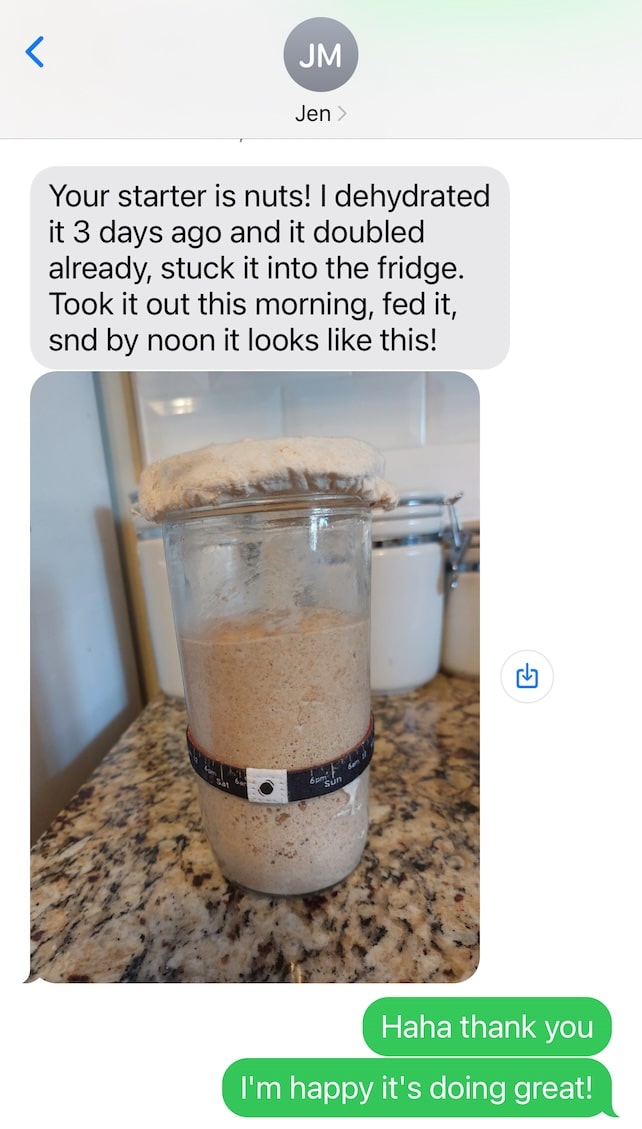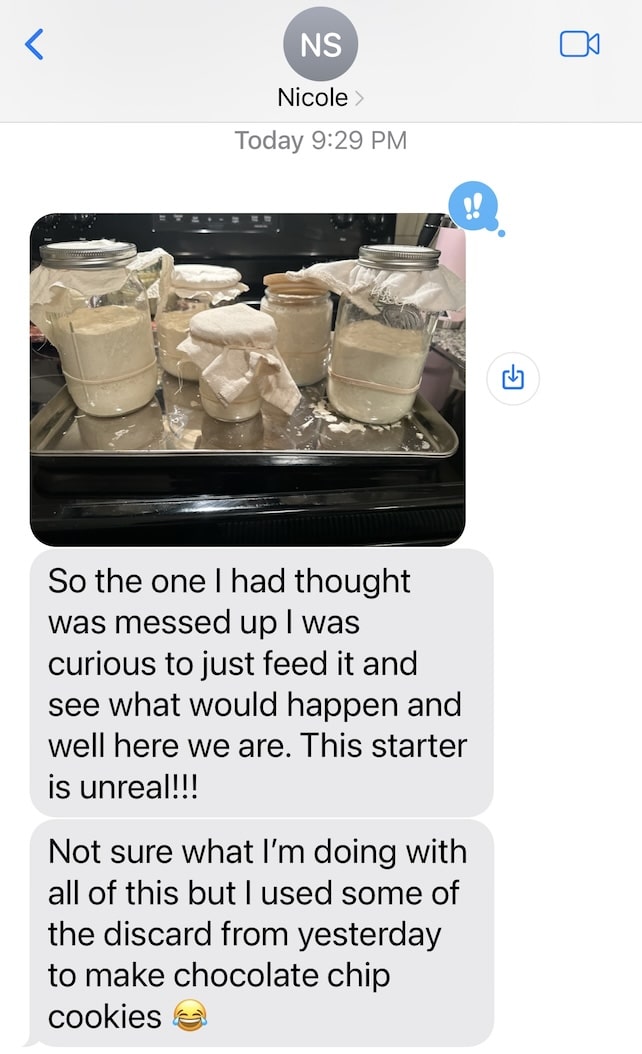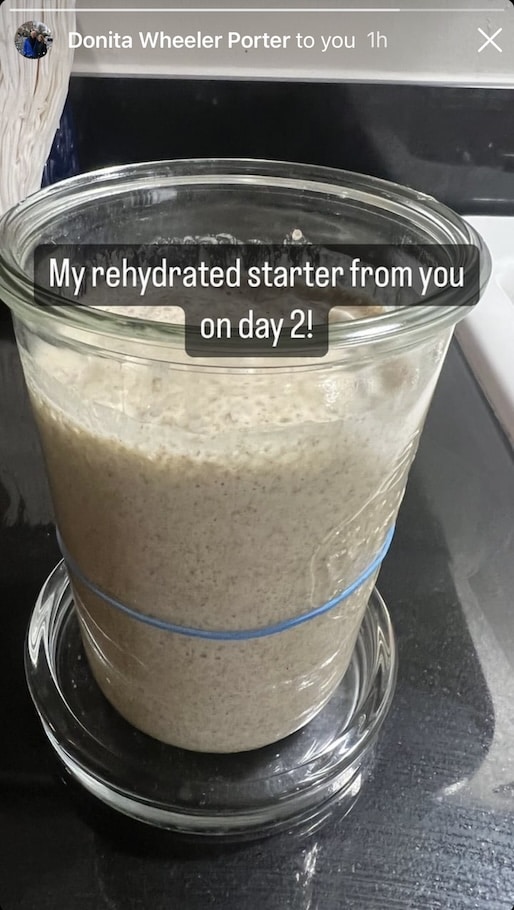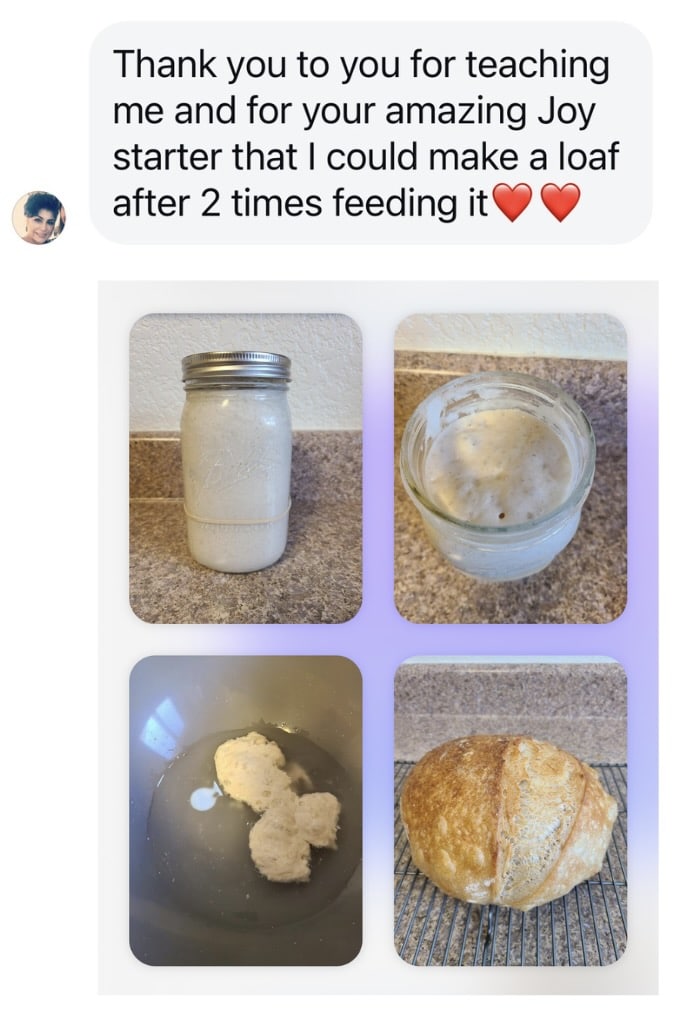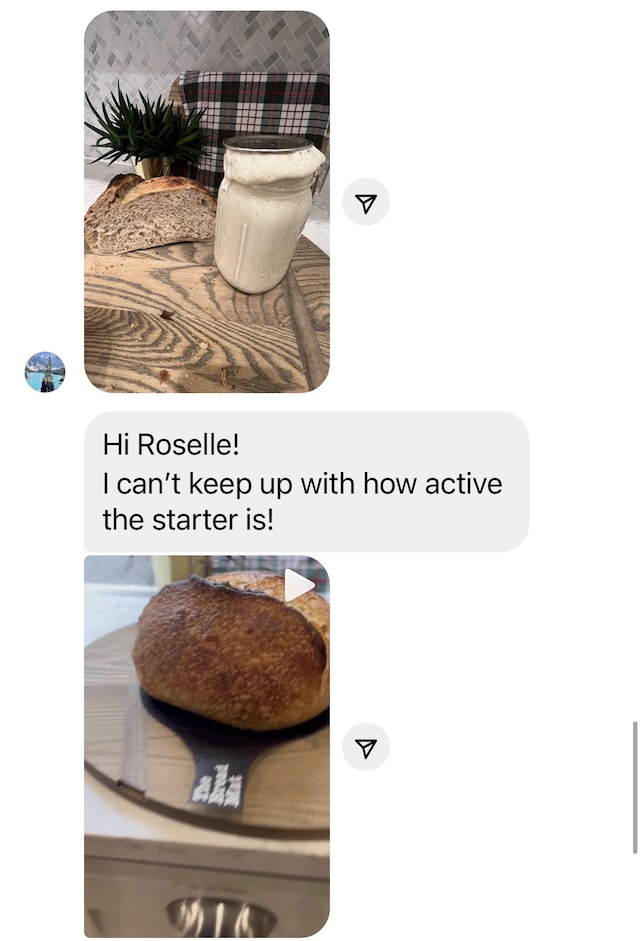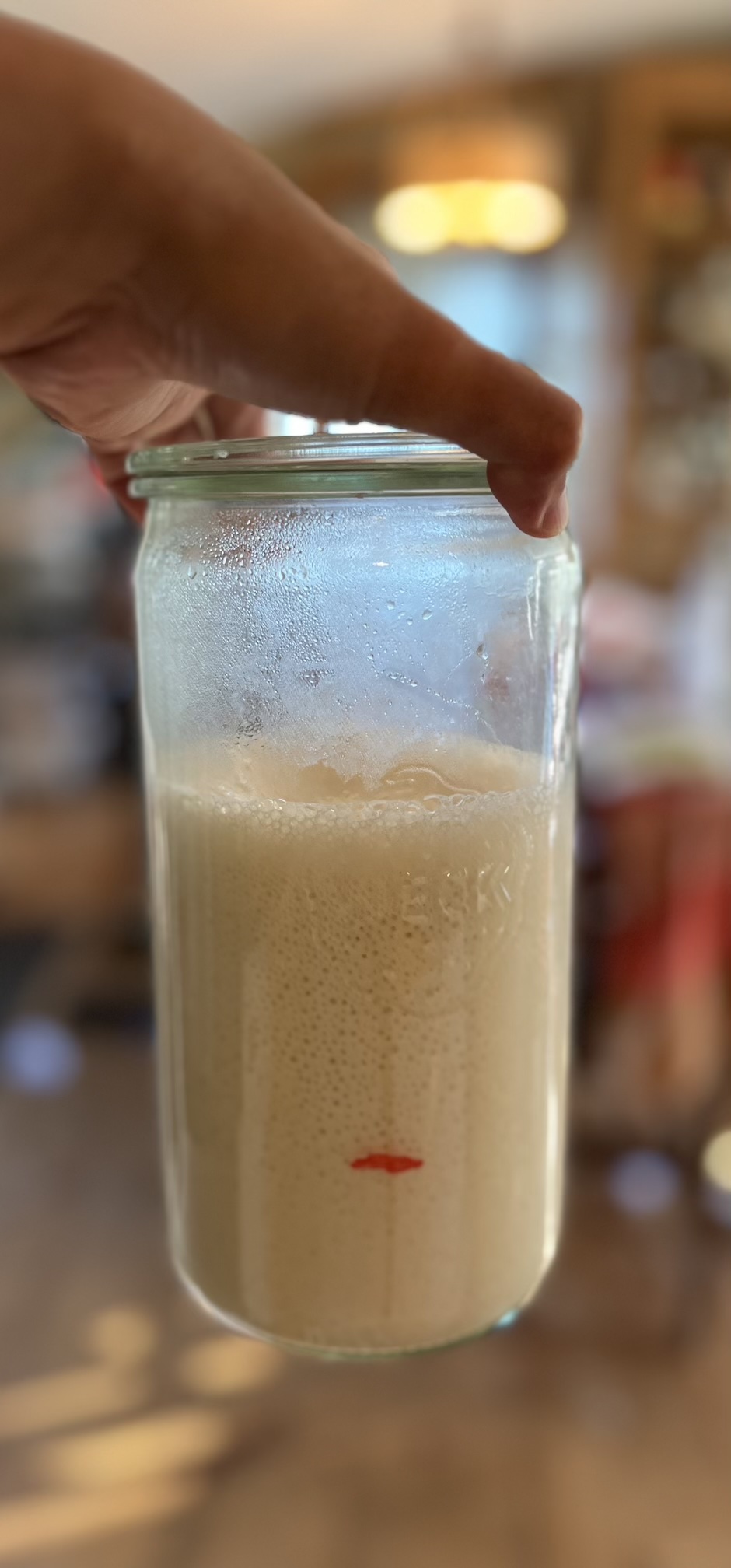Are Hydration Ratios Important? And How Does It Affect My Sourdough Bread?
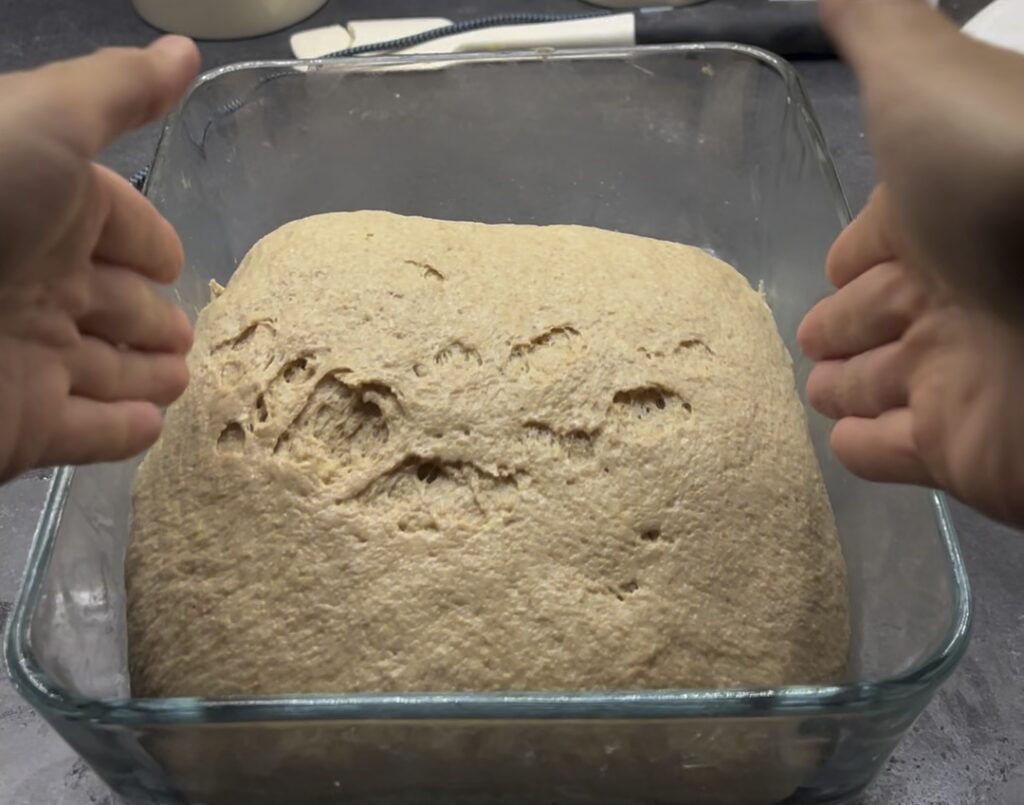
Look the picture above
This is a whole wheat sourdough dough that doesn’t have the correct hydration ratio. Because of that the dough easily tears and doesn’t behave well for you.
The trick to becoming a better baker, not just a better sourdough baker is knowing
- Flour types (or more specifically, how much protein there is in the flour), and
- The right hydration ratio for that flour type
☝️ These two go hand in hand and they are VERY important to the structural make up of your sourdough bread recipe
If you change the flour in a recipe WITHOUT also changing the hydration ratio to account for the change in flour, then you run into problems
The Reason Why:
Flours have a minimum and maximum threshold of water. In other words,
- Flours need a minimum amount of water to become dough, and
- Flours have a maximum amount of water until it becomes gravy
To get a dough that will behave for you, you need to find out the “Min and Max hydration” for your flour.
When you work within this min and max hydration, you will get a sourdough dough that’s got a really nice texture, elasticity and pliability.
Because when you stay within the min and max hydration, you will ALWAYS pass the windowpane test.
It is within this hydration spectrum that you will find the windowpane sweet spot.
How to do it
So how do you find the min and max hydration for your flour?
IT’S REALLY EASY
Do test batches with your flour
For example:
- Bowl 1 – 100g flour + 60g water (60% hydration)
- Bowl 2 – 100g flour + 65g water (65% hydration)
- Bowl 3 – 100g flour + 70g water (70% hydration)
And so on and so forth
See how the dough feels like to you, see if it passes the windowpane test.
The bowl with the lowest hydration that can pass the windowpane test is your MIN.
The bowl with the highest hydration that can pass the windowpane test WITHOUT tearing is your MAX.
How to swap the flour in a sourdough bread recipe
Simply find the correct hydration ratio for the flour you want to use instead. Test your flour and find the MIN and MAX hydration. Once you have that, you can find your windowpane sweet spot.
Use the correct hydration for the flour you’ll be using instead of the flour from the original recipe and keep in mind that now that you’ve changed hydration ratios, you have now also changed the speed of fermentation.
The more water/hydration you use, the faster the fermentation will be. The less water/hydration you use, the slower the fermentation will be.
Recommended reading:
Is the type of flour I use important? And how does it affect my sourdough bread?


